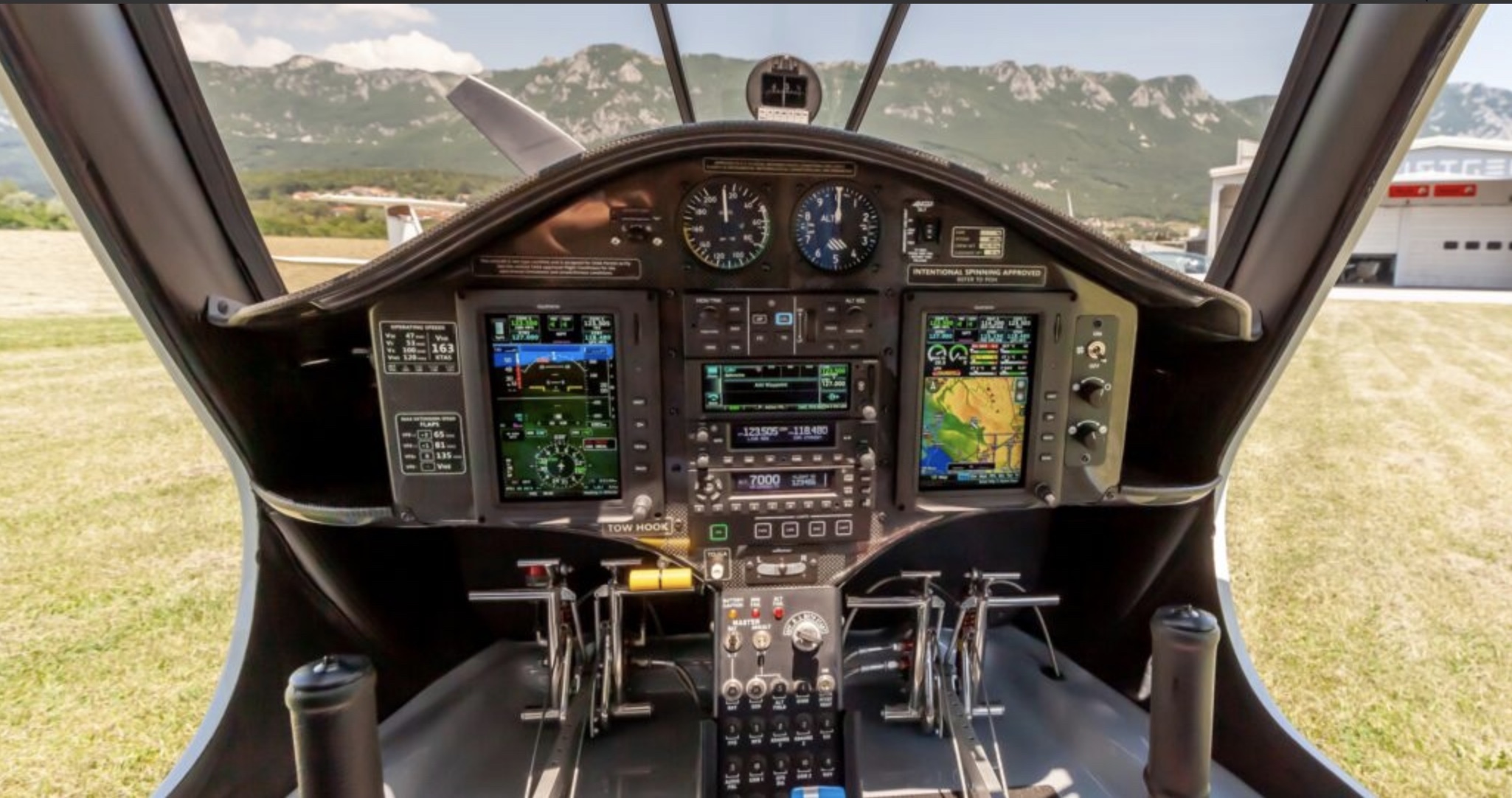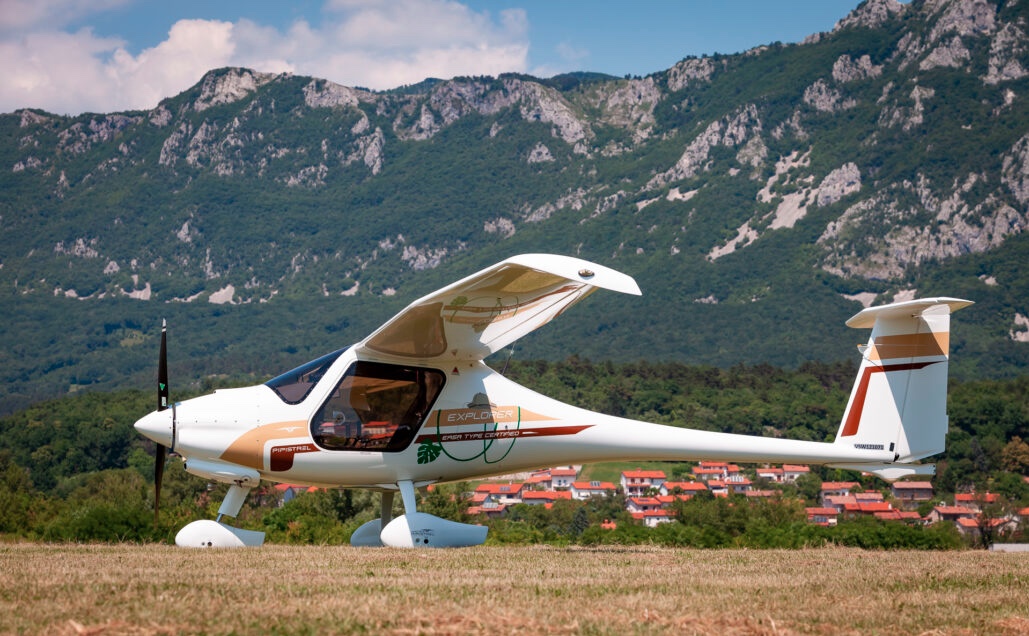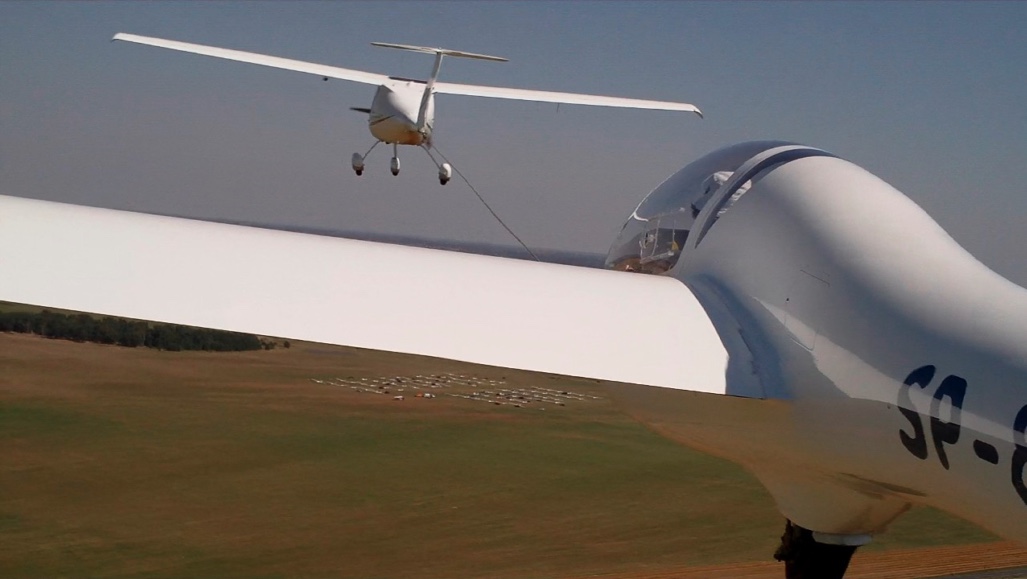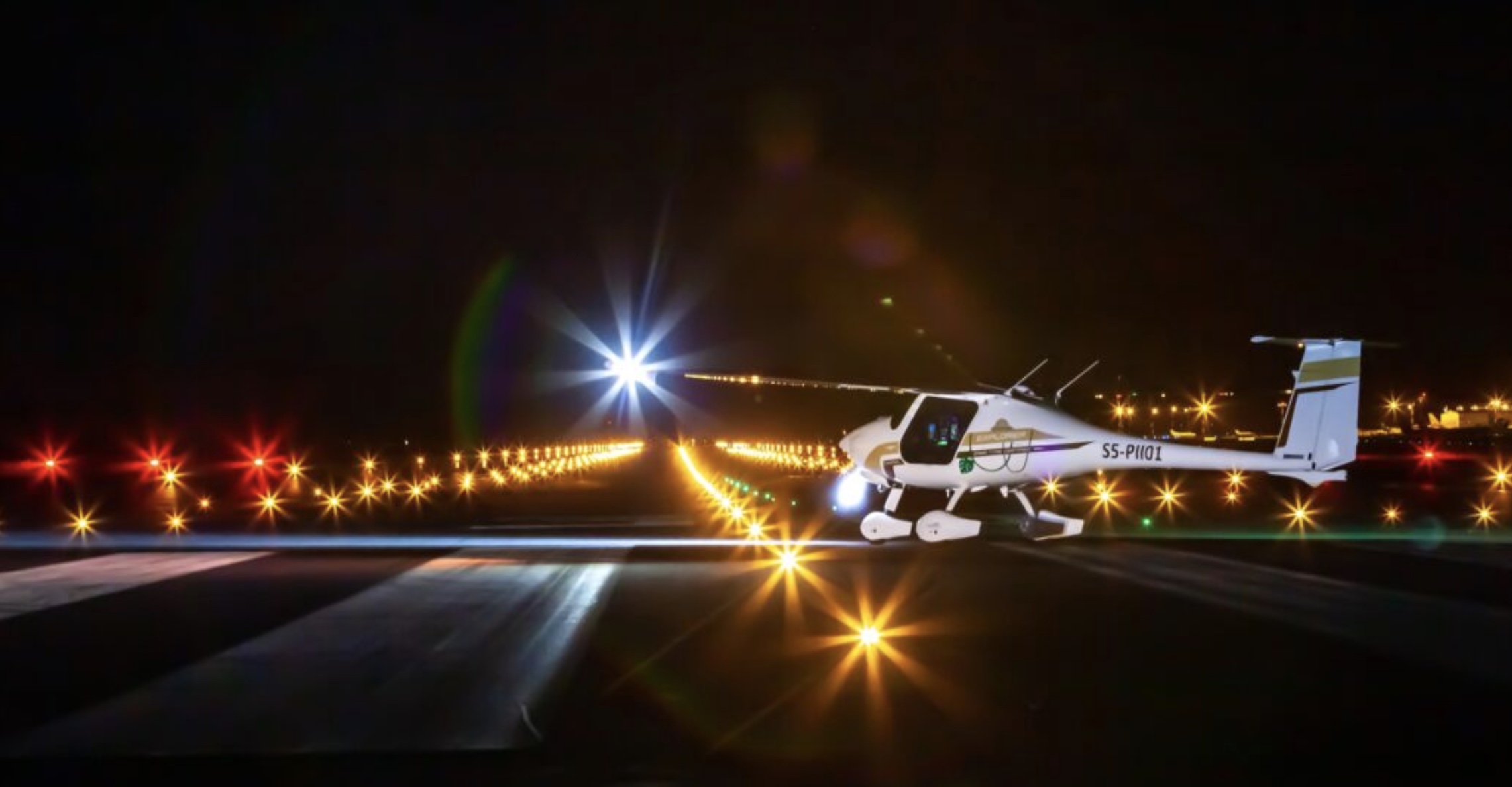The Virus SW 121A – Explorer is the most advanced aircraft in its category. It is one step ahead of its older brother, the Virus SW 121. It is the result of over 30 years of Pipistrel’s experience in designing energy-efficient motor-planes, which follow the glider philosophy. The extraordinarily clean aircraft shapes enable flying with minimum power and noise, as well as the lowest fuel consumption, while keeping the performance on the same level or even better. Approved for intentional spins and Night VFR, the Explorer has the best flight characteristics in its category.

Structural efficiency is the sum of knowledge acquired in making 1500 aircraft of the same family of products. Certified and used in the most diverse environments all over the world, the entire SW 121 aircraft family fulfils the expectations of the most demanding customers who use the aircraft in hot & humid or extremely cold conditions, salty atmosphere close to the sea, or at very high altitude airports.
Even with all its advanced features and superb performance, the Explorer’s extremely efficient, environment-friendly design makes it very simple to fly and operate. The results are low running and maintenance costs, making it the most affordable choice on the market, either as an advanced trainer for the training organizations or as a personal travel aircraft for adventurous individuals.

The Explorer features the best equipment in the category, including:
dual touch-screen glass cockpit
full-featured autopilot
dual radio
ADS-B In & Out
haptic stall-warning
full airframe ballistic parachute rescue system
certified engine capable of running on automotive fuel
certified hydraulic constant speed propeller
airbrakes for rapid descent
glider towing hook
approval for night VFR
approval for intentional spins
adjustable pedals and headrests

It is important to highlight Explorer’s key outstanding characteristics:
Fast and economic performance:
It is the fastest, most capable and the most economic aircraft in the CS-LSA category. Its speed performance allows it to fly at IFR speeds in/near complex airspaces and procedures, so it can be used for private use and training also at busy airports next to airliners, without slowing down the other traffic.
EASA Type-Certificate:
It is the first and the only EASA Type-certified aircraft (no restrictions, category “normal”) in the CS-LSA category for night VFR operations, intentional spins and glider-towing, the only one with an autopilot, dual redundant ADAHRS units and airbrakes. It can be used for commercial operations and it is the ideal solution for PPL training.
Safety based on modern technology:
The Explorer incorporates a haptic stall warning system, already in use in the Velis Electro and Velis Club, which alerts the pilot when approaching the stall. The full-airframe ballistic parachute rescue system adds the ultimate layer of safety in those situations when all other measures were ineffective.
The Explorer (and the SW 121 aircraft family) is the first small aircraft in history to be type-certified with 3D printed parts.
Multiple learning purposes:
The Explorer can be used for different learning purposes: from being a very simple initial trainer at the beginning of the process to more advanced systems – such as constant speed propeller, negative flaps, airbrakes and autopilot – which can be included later. The instructor can slowly increase the difficulty of subjects in the later stages of training by gradual addition of new systems and options which the aircraft is certified for (intentional spins, longer routes and the use of auto-pilot, also during the night, thanks to the night VFR approval etc).

The Explorer enables flight schools to substitute their multi-aircraft system, where they have to use at least one aircraft for basic training and another for advanced training, for one aircraft only. By combining all the capabilities typically obtained with many aircraft into a single one, they can drastically lower the initial costs of the training fleet.
“En-route IFR” training
The Explorer is packed with state-of-the-art navigation and communication equipment. As such it can also be partially used for “en-route IFR” training in several countries This makes the Explorer the only 2-seat aircraft in the market which enables training from the simplest beginnings to the difficulty of a twin-engine aircraft for obtaining higher pilot licences.
Glider towing:
Being type-certified for glider towing makes the Explorer very useful for clubs as all-in-one aircraft for training, cross-country flight, and glider towing, offering the flight hours on an aircraft to be fully used.









